What The Tech?! Lithium Batteries
Li-po batteries ushered in a new era of efficient electronics
If you’re an 80s kid, or of the ’90s persuasion then you probably remember the days of the chunky, nickel-metal hydride batteries that used to power some of the older gadgets way back when.
You might even remember the giant C-cell batteries that used to power incandescent lights, leading to flashlights that worked but were never really bright enough for what was needed.
And while technology would evolve to give us more powerful cells, along with LED lights that were far more efficient than the lights of old, all this was nothing without the means to sustainably power it. In today’s What The Tech?! we’ll be exploring the development of the lithium-ion battery, as well as exploring some of the reasons why it was so revolutionary for new electronics. Let’s get started!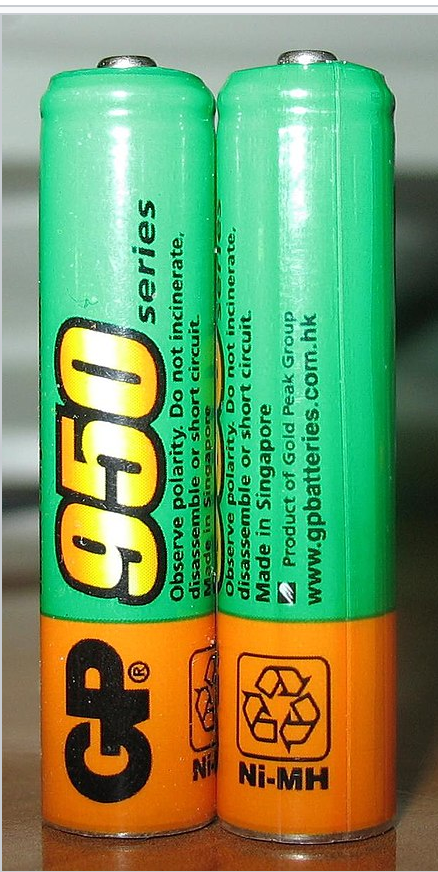 Li-Ion batteries were far more efficient than the nickel-metal batteries of old. Source: Wikipedia
Li-Ion batteries were far more efficient than the nickel-metal batteries of old. Source: Wikipedia
The Early Days
While electronics have been around forever, it’s fair to say that in the world of battery research, the pursuit of efficient, yet affordable power sources has dominated research, with many different systems being trialed. Yet despite the name, it might surprise you to learn that lithium-ion batteries don’t contain lithium metals. Comprised of Lithium Compounds instead, these batteries are known for their reliable discharge levels as well as the potential to become rather spicy when treated poorly. However, the development and implementation of these batteries took some time to come to life.
First studied in the 1970s, lithium-ion batteries were identified as showing great potential when first researched. Due to their high energy potential though, it would take nearly two decades of research before they would be released to the general consumer to power small electronics. While we’d eventually recognize them as powering personal computing devices like laptops, they’d get their entry into the world of consumer electronics via Sony and their consumer audio division.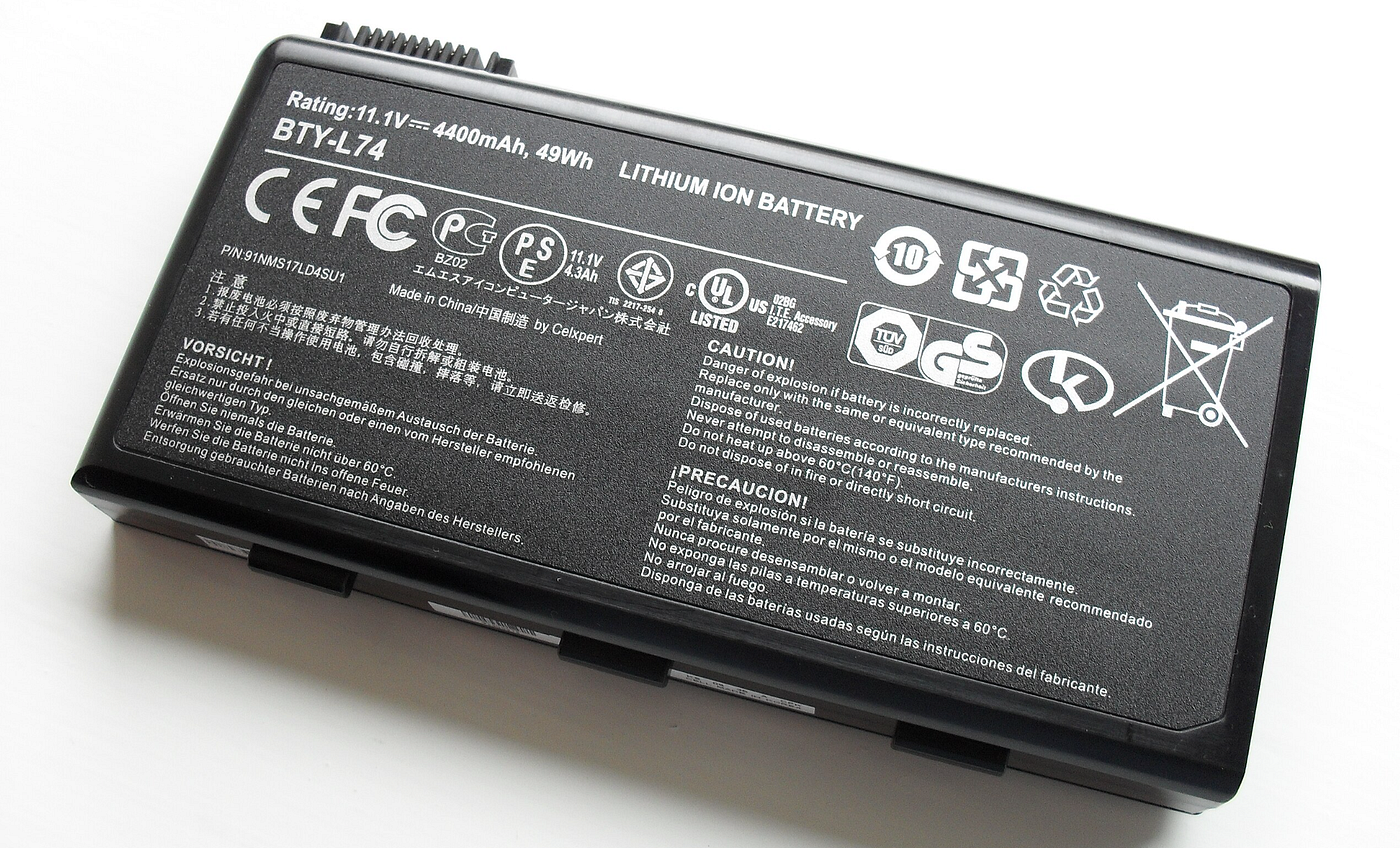 Laptops are powered by Li-ion batteries of assorted sizes, ratings, and loads. Source: Wikipedia.
Laptops are powered by Li-ion batteries of assorted sizes, ratings, and loads. Source: Wikipedia.
While the first of these batteries was still pretty inefficient, they gained attention anyway with a longer service life and the ability to be recharged inside the device becoming instant hits with consumers. Over the 90s and into the turn of the millennium, research continued to make the battery cells smaller, more affordable, and more stable. Boeing’s new 787 Dreamliner was grounded after having thermal runaway issues with the onboard battery system. Source: Wikipedia
Boeing’s new 787 Dreamliner was grounded after having thermal runaway issues with the onboard battery system. Source: Wikipedia
The Era Of Spicy Pillows
Dreamliner
While the new chemistry provided plenty of benefits to both manufacturers and consumers, sadly it wasn’t all good news. Li-Ion had many unique components, however one of these wasn’t particularly good news. In fact, when looked at contextually with other factors, it became an outright disaster.
To explore this more, we need to move into the late 2000’s. By this point, consumer laptops were everywhere and portable electronic devices were used regularly in our day-to-day lives. However, two, very specific incidents served as a reminder of the fact that sometimes, in the world of electronics, all is not as it sometimes seems.
At this point, the concept of lithium batteries was well known, even if it wasn’t particularly understood. They were even appearing outside the consumer world, with packs appearing in Electronic Vehicles, as well as inside aircraft and other transportation assets.
The first signs of trouble appeared in December 2012, when a Boeing 787 Dreamliner was involved in a fire at Boston Logan Airport. While this fire could have been spectacularly bad had the aircraft been airborne, both risk and casualties were minimized due to the aircraft being on the ground and empty.
However just four weeks later, in January 2013, the Dreamliner was embroiled in controversy again when it was involved in another fire at Narita Airport. At this point, enough was enough, and the Federal Aviation Administration (FAA) called time out, grounding the Dreamliner until a fix was found.
Galaxy Note 7
The second notable issue came a few years later, with the release of Samsung’s, Galaxy Note 7. Released in 2016, the device promised increased battery life, along with an enhanced user experience that came from a larger screen, along with a smoother user interface. However, it didn’t take long for reports to start coming in regarding issues with both battery life and charging. This escalated when it was learned that multiple devices had exploded or caught fire, causing large amounts of property damage and in the worst cases, human injury.
The potential for explosion was so great, that Samsung was eventually forced to implement a recall program for the Note 7. This recall was designed to upgrade the Note’s systems and charging circuits however the problem was so bad by that stage, that the Note 7 was canceled outright.
These new fires, however, revealed a unique issue with the cells that added additional risk when the unit was compromised. And this problem was chemistry, nothing more.
You see when we deal with a typical fire, it’s often able to be contained with regular retardants, including water or fire extinguishing foam. However, Li-Ion batteries often suffer from what's known as thermal runaway. During this process, electrolytes and other battery materials were often ejected from the cell, providing a flammable flame source that was unable to be extinguished with water. Quite the contrary, dousing a Lithium fire with water typically makes it worse rather than extinguishing it.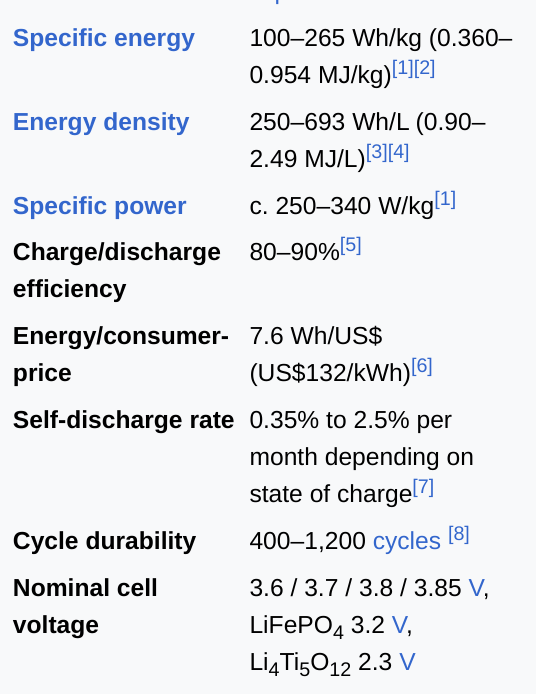 More Energy, More Life, and a greater number of cycles. It wasn’t all good news though. Source: Wikipedia.
More Energy, More Life, and a greater number of cycles. It wasn’t all good news though. Source: Wikipedia.
New Safety Mechanisms
Thankfully, most of these issues didn’t come with a large loss of life, meaning that the process for correctly dealing with lithium fires was able to be properly refined, making them safer and easier to deal with (albeit with some limitations). We also saw an increased focus on safety by manufacturers, with specialized circuitry used to control discharge, recharge, and failed circuits. While it didn’t prevent fires, it made the chances of one occurring far less likely.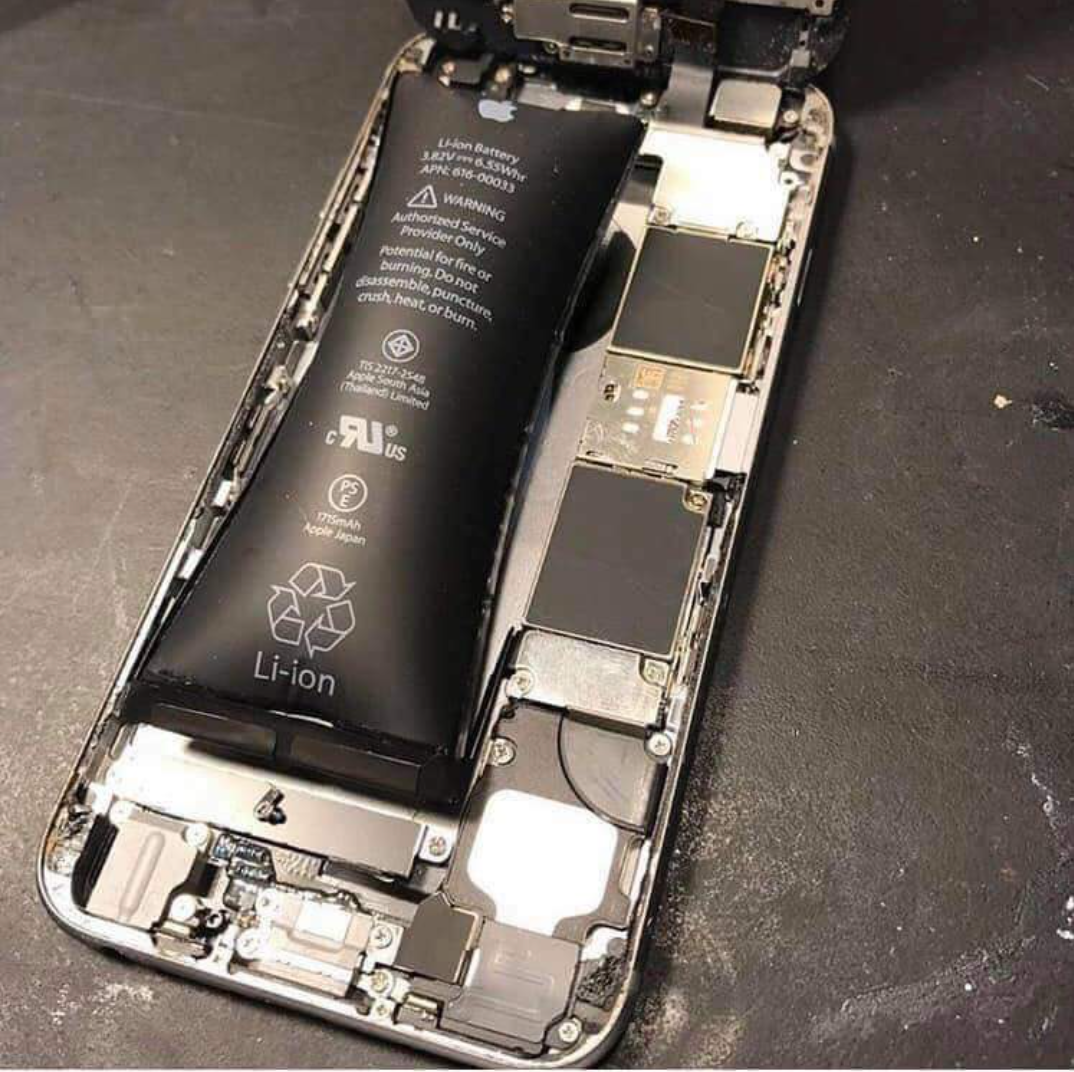 Spicy Pillows still happen, but safer handling processes lead to decreased risk. Source: Reddit.
Spicy Pillows still happen, but safer handling processes lead to decreased risk. Source: Reddit.
We also saw an increased focus on safe handling, along with everything that that entails. This means that specialized processes were put in place to reduce the risk of ignited electrolytes, and new handling procedures were applied when dealing with batteries. We also saw burn bins, charge-safe bags, and other simple strategies applied to offset the risk that came from a failed battery.
Vehicles weren’t immune from this either, with electronic vehicles more prone to issues with thermal runaway compared to those from the past. Fail-safe systems, which allowed a battery pack to fail and be shut down gracefully became commonplace, and around the same time, we began to see the powerwall-type systems become more commonplace in solar electric installations. While Li-Ion batteries still come with some hazards, a greater understanding of how to mitigate these issues has led to an improvement in safety overall.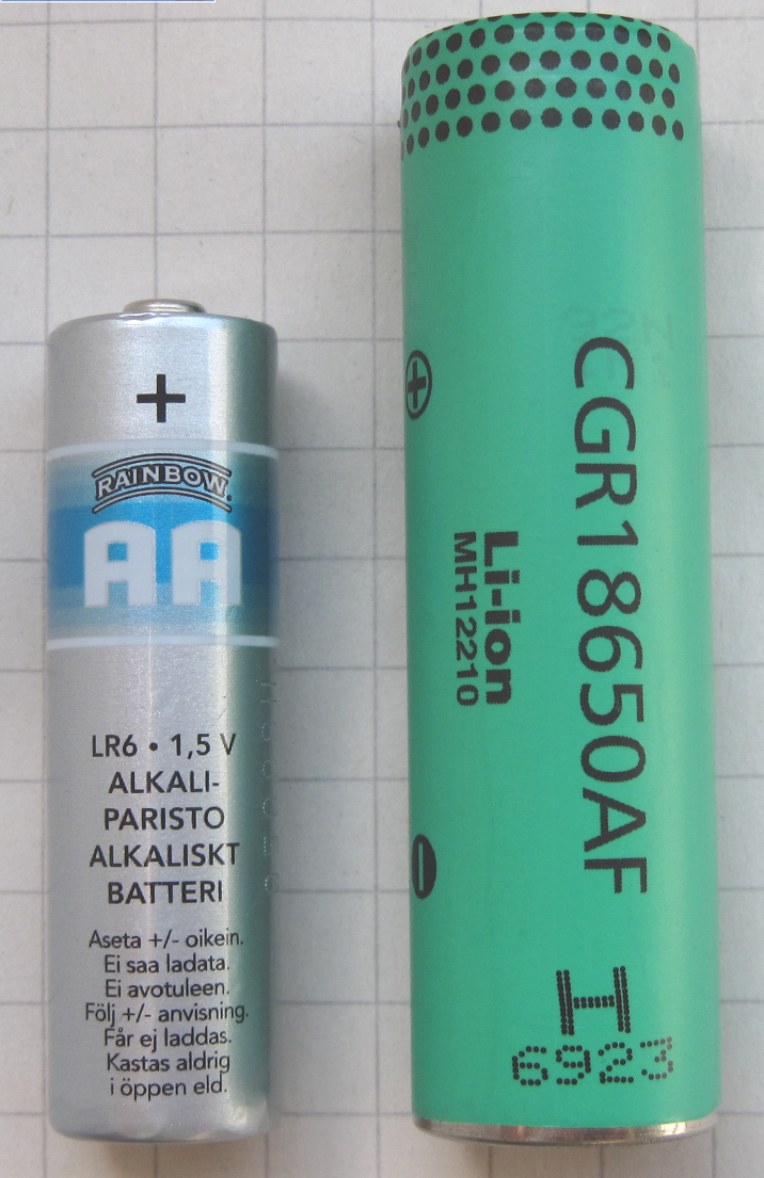 The 18650 cell is standardized across many devices. Source: Wikipedia
The 18650 cell is standardized across many devices. Source: Wikipedia
Looking At The Future
As new technologies come into play, we’ll probably find that the usage of Li-Ion batteries will taper off slightly. However, the sheer number of Li-Ion cells that have been produced means that even as new chemistry batteries come into play, the Li-Ion will still have a strong role to play in looking into the future. The standardized 18650 cell, for instance, is used in a large number of applications, and its ten-year lifespan means that it’ll take some time for these to come out of circulation. In the meantime, however, research continues into new chemistry types that promise even more efficiency and stability.
At the moment, Li-Ion research has barely reached its peak either, with new formats and production methods used to eke out efficiency and safety improvements across the board. One particular focus of ongoing research is the production of lithium-based cells with a smaller amount of precious metals required to receive the same effect as previous cells. With consumer electronics becoming smaller and more efficient with each generation, it’s fair to say that even small improvements in research and development show great potential when applied across millions of devices.
We also see a greater reliance on sustainable end-of-life procedures, as well as a heavy focus on efficient charging technologies to provide a smoother, more rapid charge to devices like mobile phones and tablets. The Samsung Galaxy, for instance, moved to a hi amp fast charging system, and one of the reasons wireless charging saw limited success was its slow charging design in comparison to a wall-mounted fast charger. While technology is forever shifting, we can continue to expect research to help with increasing efficiency in such situations.
It looks like the humble Li-Ion battery will be a companion for electronic devices for some time to come. Spicy pillows for everyone!
Medium has recently made some algorithm changes to improve the discoverability of articles like this one. These changes are designed to ensure that high-quality content reaches a wider audience, and your engagement plays a crucial role in making that happen.
If you found this article insightful, informative, or entertaining, we kindly encourage you to show your support. Clapping for this article not only lets the author know that their work is appreciated but also helps boost its visibility to others who might benefit from it.
🌟 Enjoyed this article? Support our work and join the community! 🌟
💙 Support me on Ko-fi: Investigator515
📢 Join our OSINT Telegram channel for exclusive updates or
📢 Follow our crypto Telegram for the latest giveaways
🐦 Follow us on Twitter and
🟦 We’re now on Bluesky!
🔗 Articles we think you’ll like:
- Software Defined Radio & Radio Hacking
- OSINT Unleashed: 5 Essential Tools for Cyber Investigators
✉️ Want more content like this? Sign up for email updates here





























